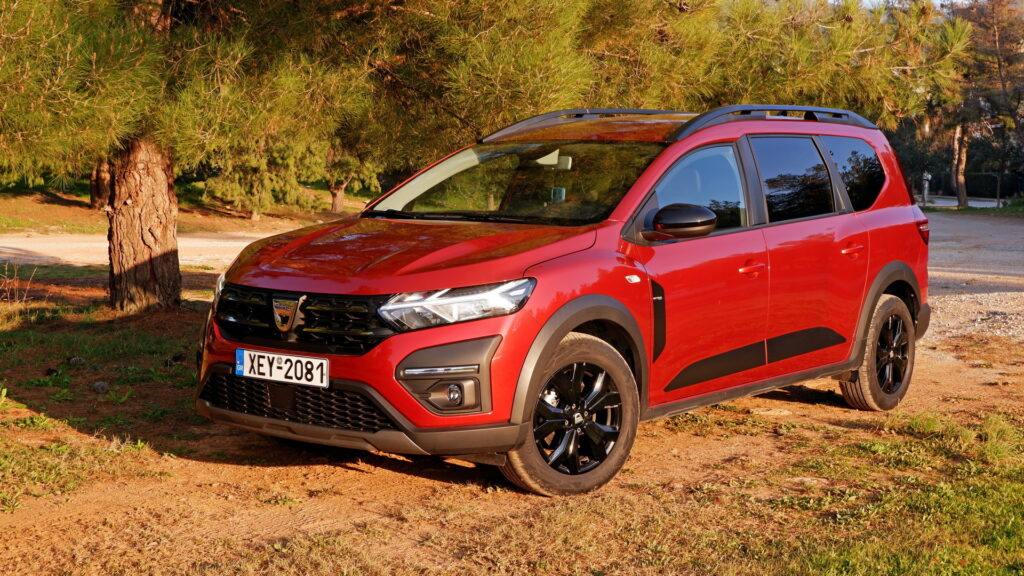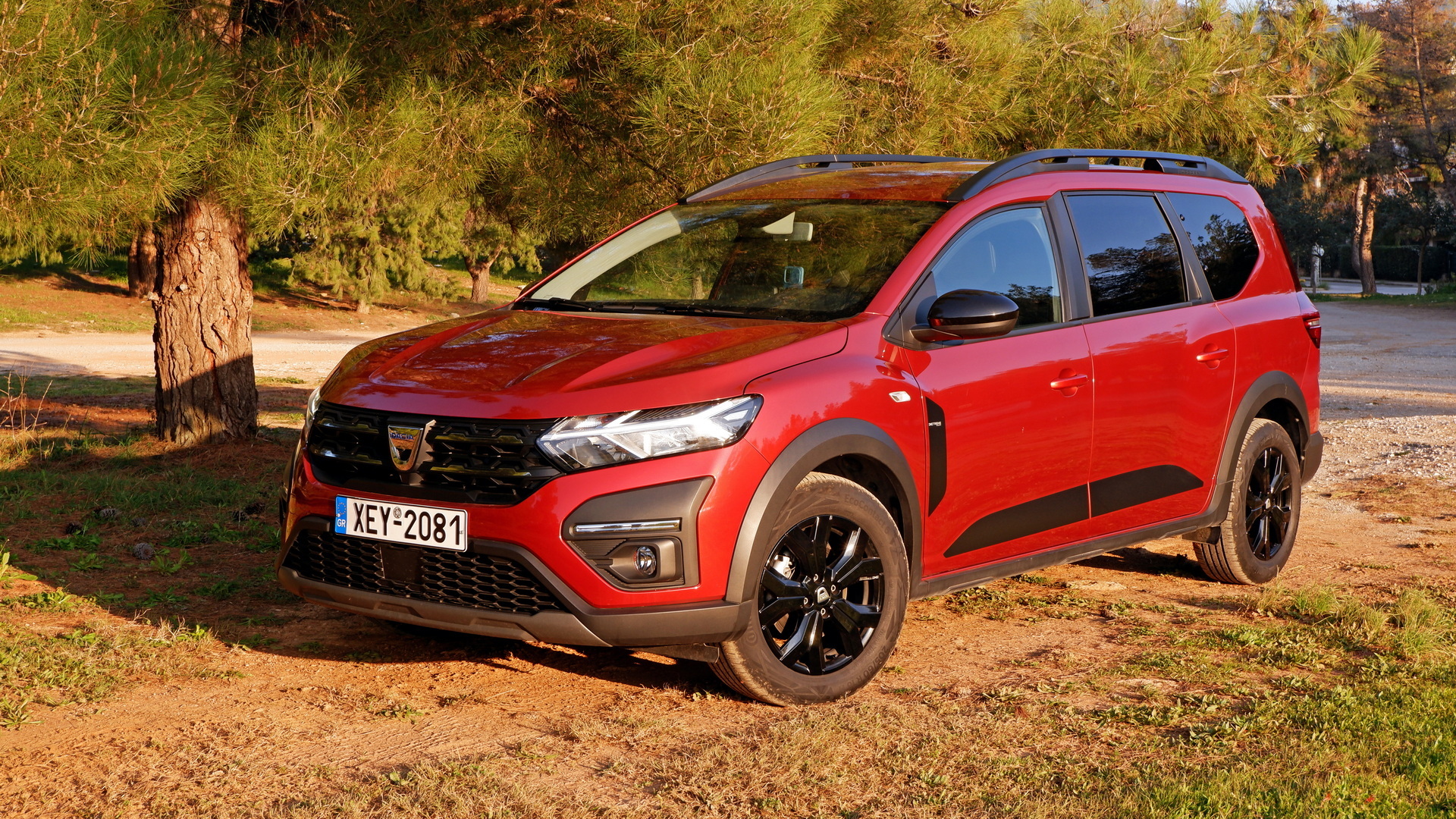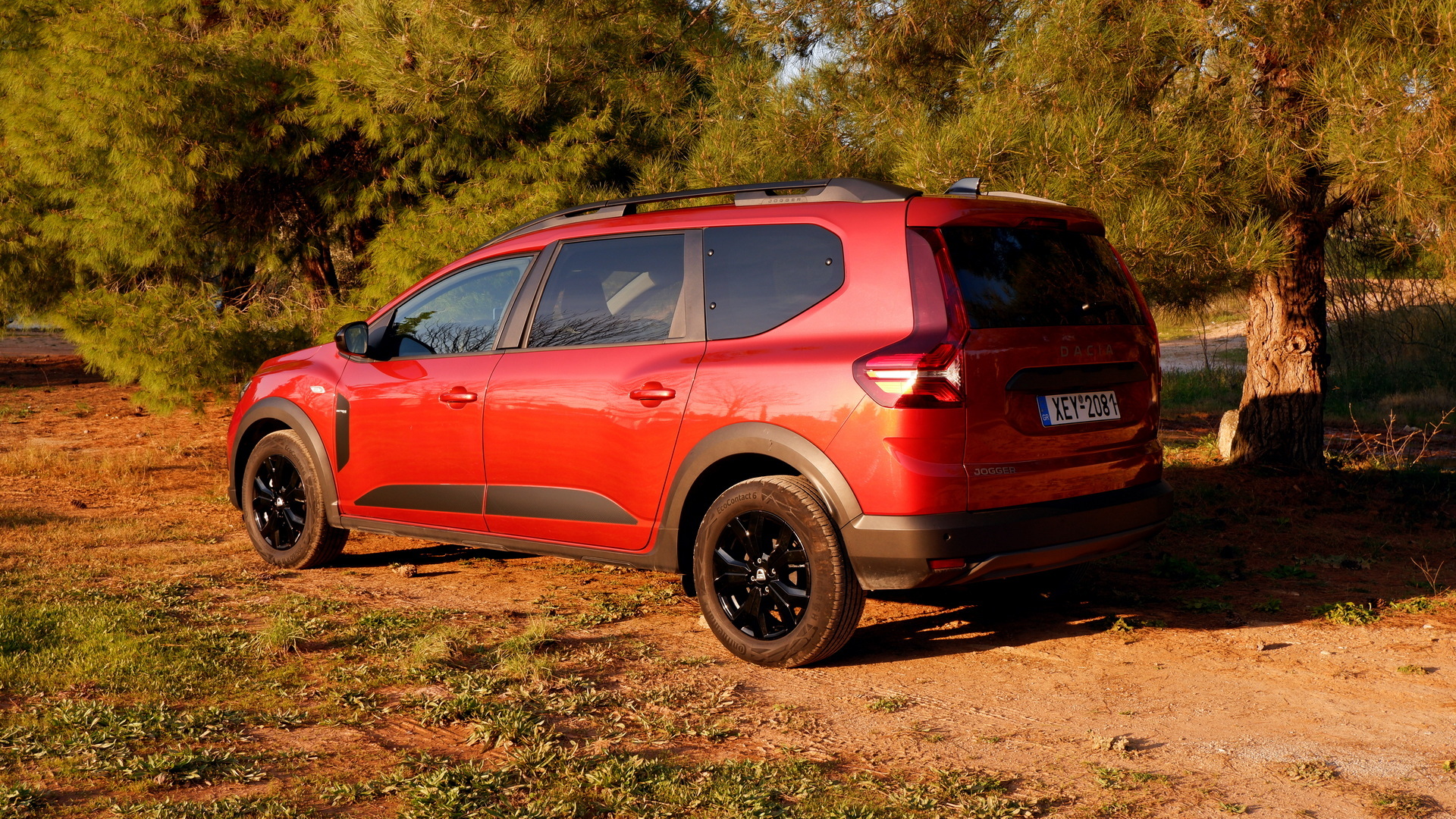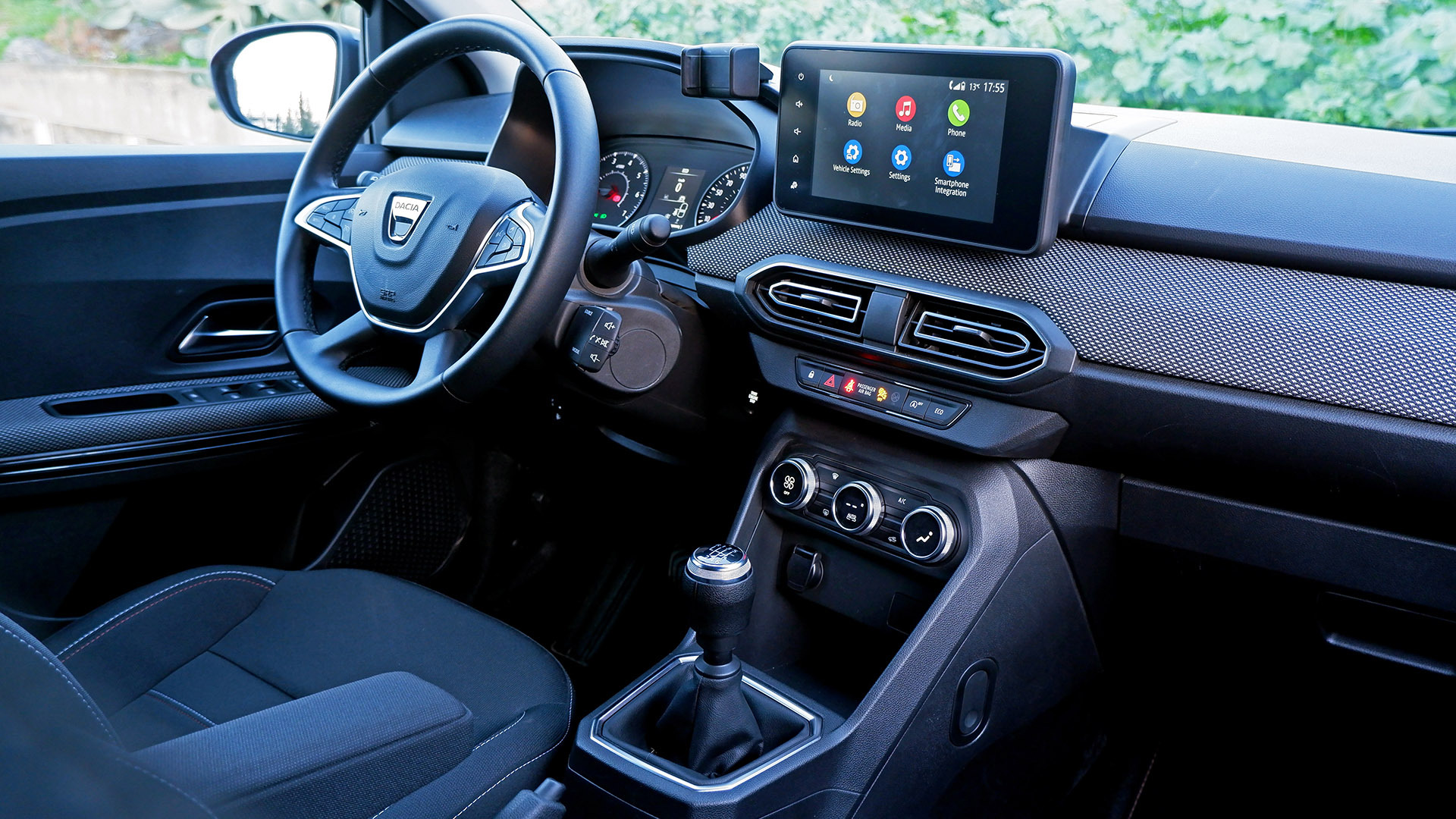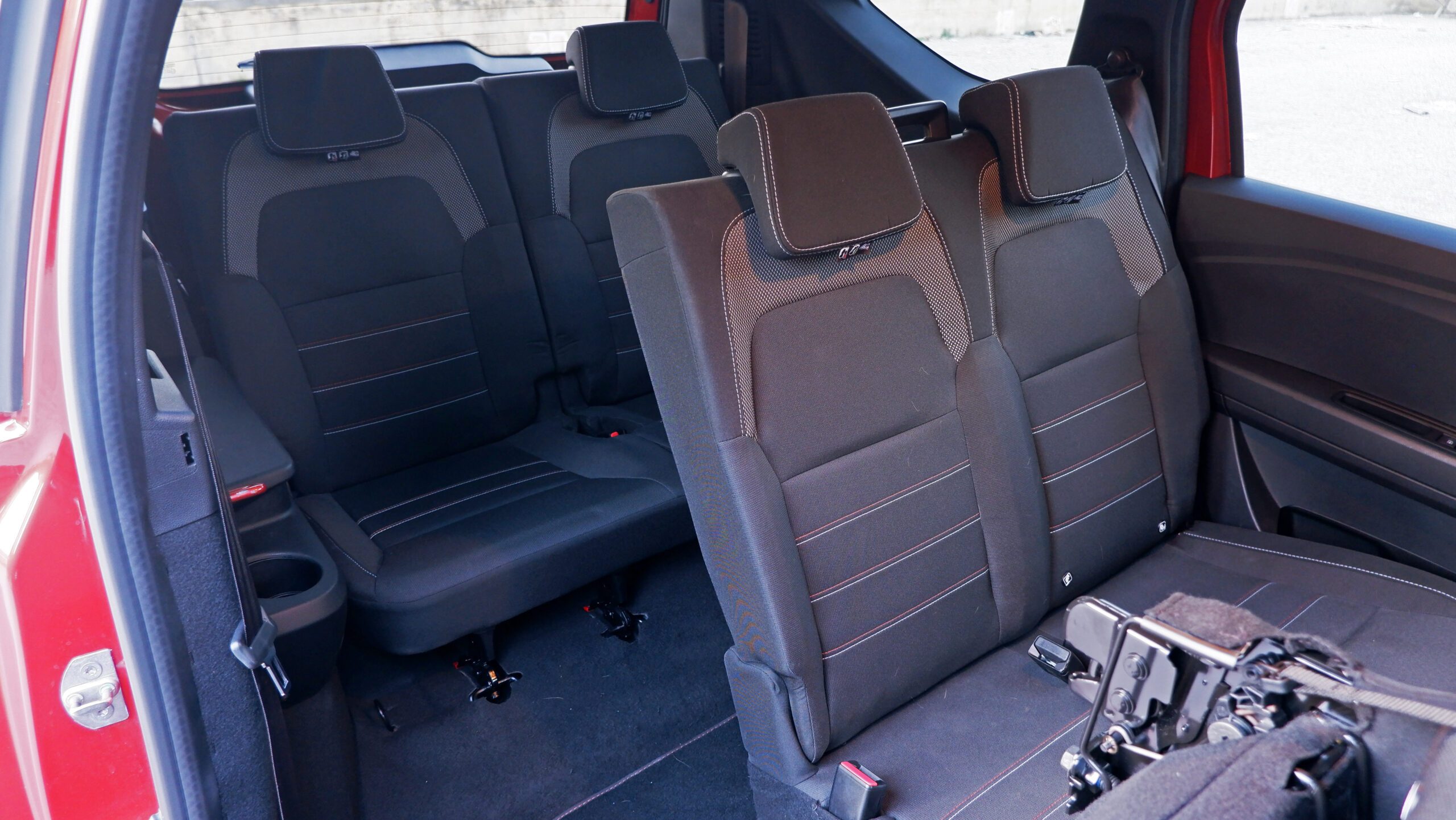Cars are getting more and more expensive these days, but there are some automakers who try their best to retain some kind of affordability in their range. In that context, the Dacia Jogger could be considered an ambassador of budget-friendly family cars, being the cheapest seven-seater crossover in Europe. Luckily Dacia gave us the keys to a Jogger, and more specifically the bi-fuel variant (petrol/LPG) so we can see what you get for the money.
The latest addition to the Romanian automaker’s model range was introduced in 2021, and got updated in 2022 with Dacia’s new emblem and branding. Our press car doesn’t have those, but at least it is the high-spec Extreme Limited Edition with all the available goodies inside-out.
Read: Dacia Jogger Gains Camper Kit And Retractable Tent As Factory Accessories
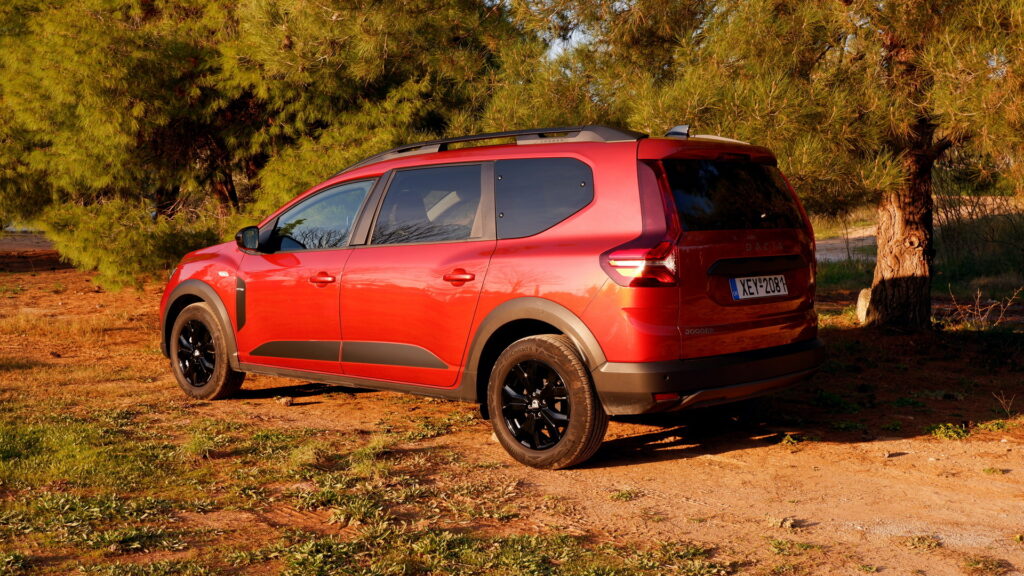
If the front end of the Dacia Jogger looks familiar, it’s because the body panels are identical to the Sandero Stepway. However, a quick look at the profile reveals that this is a different model with a crossover wagon silhouette. The Jogger measures 4,547 mm (179 inches) long, which makes it the longest model in the current Dacia range. The 2,897 mm (114 inches) long wheelbase has been stretched by a full 293 mm (11.5 inches) compared to the Sandero. At the same time, the generous ground clearance of 200 mm (7.8 inches) gives the driver extra confidence off the beaten track, in combination with the protective plastic cladding all around the bodywork.
Inside, the dashboard is carried over from the Sandero / Sandero Stepway / Logan siblings, including the 8-inch infotainment touchscreen, the auto climate controls, and the integrated smartphone holder of the high-spec trim. The highlight though is the rear part of the cabin which is significantly roomier than the aforementioned models, thanks to the increased height and length. The Jogger is available in 5-seater and 7-seater configurations, but luckily we got the three-row model with plenty of seats to spare.
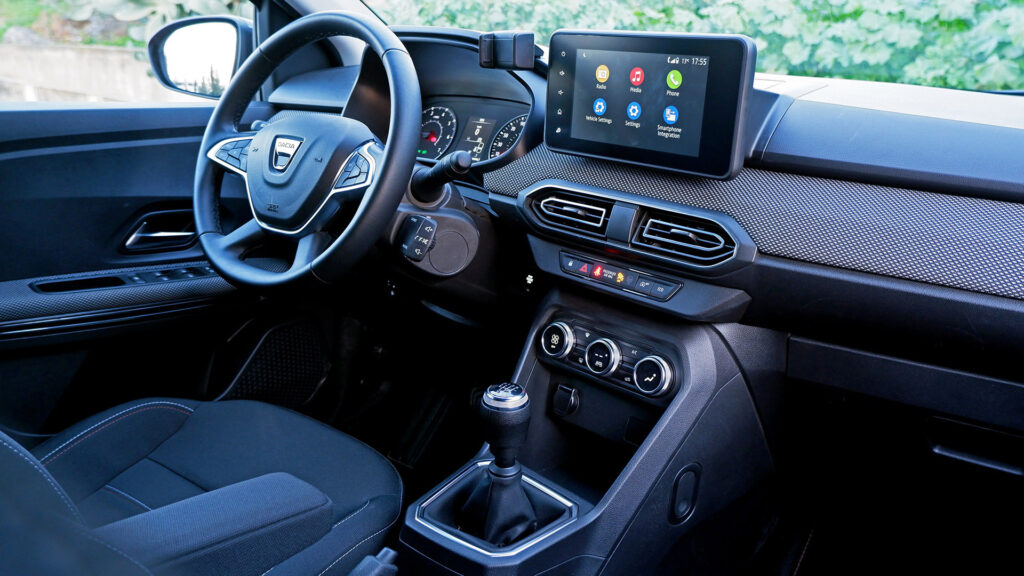
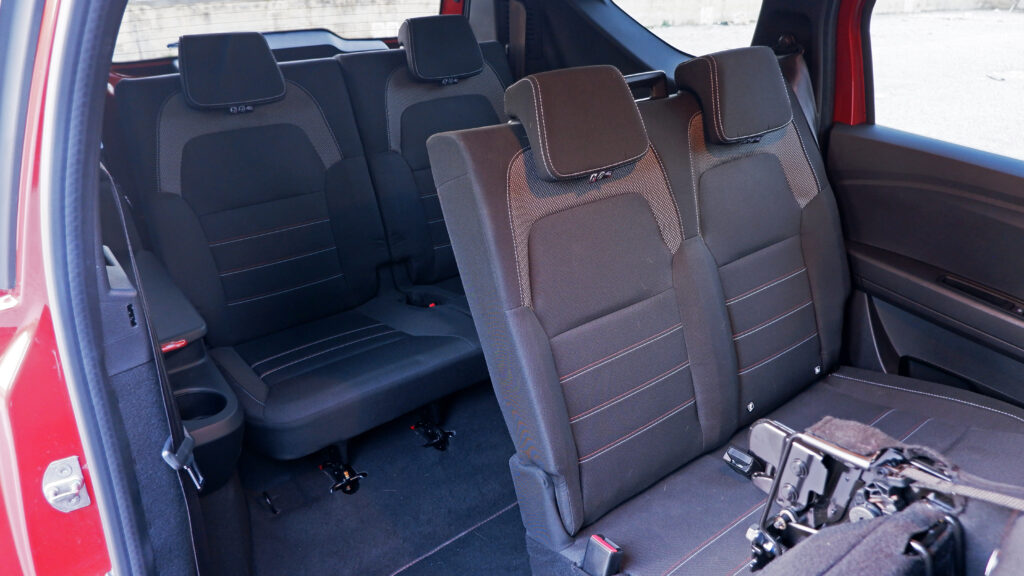
The Dacia Jogger is based on a stretched version of Renault Group’s CMF-B architecture. It is offered with petrol, bi-fuel, and self-charging hybrid powertrains, with the latter being Dacia’s first electrified offering.
Our press car comes fitted with a turbocharged three-cylinder 1.0-liter engine running on petrol and LPG. The bi-fuel motor produces 99 hp (74 kW / 100 PS) and is mated to a six-speed manual sending power to the front axle. Interestingly, if you fill up both the 40-liter gas tank and the 50-liter LPG tank, you can drive this family hauler up to 999 km (621 miles) without any refueling stops. At the same time, the low cost of LPG means it is probably the cheapest to run.
So what do you want to know about this comparably affordable and hugely practical vehicle with the crossover stance? Write your questions in the comments section below and we’ll do our best to answer them all in the upcoming review.




